Baby Aldabra Tortoise for sale: A Guide for Enthusiasts
The **Aldabra tortoise for sale** (Aldabrachelys gigantea) is one of the most impressive and awe-inspiring reptiles in the world. Known for its massive size, gentle demeanor, and incredible lifespan, this tortoise species has captured the attention of reptile enthusiasts, conservationists, and collectors alike. If you’re considering adding an **Aldabra tortoise baby** to your family, understanding their needs and requirements is essential for ensuring their long-term health and happiness. In this guide, we will explore everything you need to know about these magnificent creatures, including where to find an ***, their care requirements, pricing, and more.
Overview of the Aldabra Tortoise
The Aldabra tortoise hails from the Aldabra Atoll, a group of islands in the Seychelles located off the eastern coast of Africa. As one of the largest tortoise species in the world, it can grow to impressive proportions. Adult Aldabra tortoises can reach up to 550 pounds or more, with males typically being larger than females. However, when they are born, **Aldabra tortoise babies** are small and manageable, measuring just a few inches in length and weighing a few ounces.
These tortoises are known for their slow and steady approach to life, which includes slow growth, reaching maturity over decades, and an incredible lifespan that often exceeds 100 years. Some Aldabra tortoises in captivity have been known to live more than 150 years, making them a long-term commitment for those interested in keeping them as pets.
Physical Characteristics of the Aldabra Tortoise
At birth, **Aldabra tortoise babies** are about 2-3 inches long with a relatively soft, high-domed shell that gradually hardens as they grow. The coloration of the shell is typically dark brown or black, and the skin is grayish-brown. As they age, their shell becomes more pronounced, and their overall appearance becomes more robust.
Aldabra tortoises have strong legs, which are well-adapted to supporting their massive weight. Despite their large size, they are surprisingly agile and can navigate rough terrains with ease. Their claws are blunt, which is helpful for walking but not suited for climbing or digging like some other tortoise species.
Their head is large and wide, with a powerful beak for tearing through vegetation. They have small, dark eyes, and their expression is often described as gentle and curious. While their appearance is somewhat similar to the Galápagos tortoise, Aldabra tortoises are distinguished by their rounded shells and slightly shorter necks.
Natural Habitat
In the wild, Aldabra tortoises inhabit dry grasslands, scrub forests, and mangrove swamps. The Aldabra Atoll, their native habitat, is a coral reef island with sparse vegetation, consisting mainly of grasses, small shrubs, and a few trees. The warm climate and consistent access to food allow these tortoises to thrive in this environment.
The atoll itself is protected by the Seychelles government and serves as a sanctuary for many species of wildlife, including the Aldabra tortoise. Due to conservation efforts, the population of wild Aldabra tortoises has remained stable, even as habitat loss and human activity have impacted other species.
Care and Maintenance of Baby Aldabra Tortoises
If you’re thinking about purchasing an ****, it’s crucial to understand the long-term care and commitment required for this species. Although they start small, these tortoises grow quickly and will need an environment that can accommodate their increasing size and needs.
Housing Requirements
When it comes to housing **tortoise babies**, you can begin with a smaller enclosure, but be prepared to upgrade as they grow. A large outdoor enclosure is ideal for these tortoises, especially in warm climates where they can spend most of their time outdoors.
For baby tortoises, a sturdy enclosure with walls that are at least 12 inches high is recommended to prevent escapes. As they grow, the height of the enclosure should be increased accordingly. The enclosure should have both sunny and shaded areas to allow the tortoise to regulate its body temperature.
Tortoises are naturally curious and will explore their environment, so providing them with logs, rocks, and other objects to navigate around will keep them mentally stimulated. Be sure to include a shallow water dish for drinking and soaking, as Aldabra tortoises enjoy soaking in water.
Temperature and Humidity
Aldabra tortoises thrive in warm temperatures, similar to their native environment. For **Aldabra tortoises babies**, the ideal daytime temperature should be around 85°F to 90°F, with nighttime temperatures not dropping below 75°F. A basking spot with temperatures around 95°F is also recommended to allow them to thermoregulate.
Humidity is another important factor to consider, especially for young tortoises. Baby Aldabras require a moderate level of humidity, around 60% to 70%, to help them stay hydrated and support healthy shell growth. Misting the enclosure regularly and providing a humid hide can help maintain appropriate humidity levels.
Diet and Feeding
In the wild, Aldabra tortoises are herbivores, feeding primarily on grasses, leaves, and other vegetation.
Overview of the Aldabra Tortoise
The Aldabra tortoise is native to the Aldabra Atoll, located in the Seychelles, a group of islands off the coast of East Africa. This species is one of the largest tortoises in the world, second only to the Galápagos tortoise. Adult Aldabra tortoises can weigh up to 550 pounds and grow up to 4 feet in length, making them true giants in the reptile world.
Despite their massive size, Aldabra tortoises are known for their gentle and docile nature, which makes them an attractive option for reptile enthusiasts. These tortoises have an incredible lifespan, with many living well over 100 years, making them a long-term commitment for anyone considering owning one.
Appearance and Characteristics
**Shell and Size**: The Aldabra tortoise is most famous for its large, dome-shaped shell, which can vary in color from dark gray to brown. The shell, or carapace, is highly durable, providing excellent protection against predators in the wild. As babies, Aldabra tortoises have more rounded shells that gradually become more pronounced and dome-shaped as they grow.
**Limbs and Head**: Their thick, stocky legs are perfect for carrying their massive weight, and their claws are strong enough to dig and navigate various terrains. Aldabra tortoises have a relatively small head in proportion to their body, with a long neck that helps them reach vegetation that would otherwise be inaccessible.
**Temperament**: Aldabra tortoises are known for their slow, deliberate movements and calm, peaceful demeanor. They are herbivores and spend most of their time grazing on grass, leaves, and other vegetation. While they are not social creatures like some other animals, they do enjoy interacting with their human caretakers, especially when food is involved.
Aldabra Tortoise Care: What You Need to Know
Owning an Aldabra tortoise is a significant responsibility due to their long lifespan, size, and specific care needs. Below, we outline the key aspects .
Housing Requirements
One of the most important factors to consider before buying an is the space they will need. While baby tortoises are relatively small, they grow quickly and require a large enclosure to thrive.
**Outdoor Enclosures**: Aldabra tortoises are best kept outdoors, especially in warmer climates, as they thrive in natural sunlight. A spacious enclosure with secure walls is essential to keep the tortoise safe from predators and prevent escapes. The enclosure should be at least 10 feet by 10 feet for a young tortoise, with ample space to roam as they grow.
**Indoor Enclosures**: If you live in a colder climate or need to house your baby Aldabra tortoise indoors temporarily, make sure to provide a well-ventilated, temperature-controlled environment. An indoor enclosure should be large enough to allow the tortoise to move around comfortably, with a basking area that provides heat and UVB light for proper shell and bone development.
**Substrate**: For both indoor and outdoor enclosures, use a natural substrate like soil or sand to mimic the tortoise’s natural habitat. This allows them to dig and burrow, which they enjoy.
Temperature and Lighting
Aldabra tortoises require a warm environment to stay healthy. The daytime temperature in their enclosure should be kept between 85°F and 95°F, with a basking spot that reaches around 100°F. At night, the temperature can drop to around 75°F, but anything lower can put the tortoise at risk of becoming ill.
**UVB Lighting**: UVB light is crucial for Aldabra tortoises, as it helps them synthesize vitamin D3, which is essential for calcium absorption and healthy bone development. Outdoor tortoises will get this naturally from the sun, but indoor tortoises will need a UVB lamp to ensure they receive the necessary exposure.
Diet and Feeding
Aldabra tortoises are strict herbivores, and their diet should consist primarily of fresh greens and vegetables. In the wild, they graze on grass and leaves, and this can be replicated by offering a variety of leafy greens such as collard greens, dandelion greens, and romaine lettuce.
**Foods to Include**:
– Grasses and hay (for fiber)
– Leafy greens (kale, collard greens, mustard greens)
– Vegetables (carrots, bell peppers, squash)
– Calcium supplements to ensure proper bone and shell health
**Foods to Avoid**:
– High-protein foods (such as meat or dairy)
– Fruits (as they can cause digestive issues)
– Processed foods
Providing fresh water in a shallow dish is also essential. Aldabra tortoises love to soak in water, which helps keep them hydrated and supports healthy shell growth.
Social Behavior and Interaction
While Aldabra tortoises are generally solitary animals, they can be housed with other tortoises if space allows. However, it is important to monitor interactions, especially between males, as they can become territorial. If you’re keeping multiple tortoises, make sure the enclosure is large enough to prevent competition for food and space.
In terms of human interaction, Aldabra tortoises can become quite friendly with their owners. They may follow you around the yard, seek out your attention, or even enjoy a gentle scratch on their shell. This makes them rewarding pets, but it’s important to respect their need for space and not overhandle them, especially when they are young.
Health and Veterinary Care
Aldabra tortoises are generally hardy creatures, but like any animal, they can be prone to health issues if not properly cared for. Regular veterinary checkups are important to monitor their overall health and catch any potential issues early. Some common health problems in Aldabra tortoises include:
– **Respiratory Infections**: Caused by cold or damp environments. Make sure their enclosure stays warm and dry.
– **Shell Rot**: A bacterial or fungal infection that can occur if the tortoise’s shell is damaged or exposed to excessive moisture.
– **Parasites**: Regular fecal tests can help identify any parasitic infections that could affect your tortoise’s health.
Aldabra Tortoise Lifespan
One of the most remarkable features of the Aldabra tortoise is its incredible lifespan. These tortoises often live over 100 years, with some recorded individuals reaching ages of 150 or more. This long lifespan makes owning an Aldabra tortoise a lifelong commitment, and it is important to plan for their care in the event that they outlive their owner.
If you’re looking to buy an ****, it’s essential to do thorough research and purchase from a reputable breeder or dealer. The demand for these tortoises, combined with their long lifespan and large size, means that not every breeder is well-equipped to provide proper care for the animals they sell. Here are some tips on finding **Aldabra tortoises for sale**:
1. **Reputable Breeders**: Look for breeders who specialize in Aldabra tortoises and have a history of ethical breeding practices. They should be able to provide you with detailed information about the tortoise’s health, lineage, and care needs.
2. **Tortoise Farms**: Some farms in the U.S. and abroad breed Aldabra tortoises for sale. These farms often have larger populations and can provide more affordable pricing than individual breeders, but be sure to inquire about the living conditions of the tortoises before purchasing.
3. **Exotic Pet Shops**: Some exotic pet shops may offer but it is crucial to ensure the shop’s practices are ethical, and the animals are kept in good conditions.
4. **Online Marketplaces**: You can also find **Aldabra online**, but be cautious when purchasing through online marketplaces. Always verify the seller’s reputation and ask for photos, health certificates, and details about the tortoise’s care history.
Aldabra Tortoise Price
Due to their size, long lifespan, and specific care needs, **Aldabra tortoises** are considered one of the more expensive tortoise species to own. Prices can vary significantly based on factors such as the tortoise’s age, size, and the reputation of the breeder.
– **Baby Aldabra tortoises** typically cost between $1,000 and $3,000.
– Larger, adult Aldabra tortoises can range from $5,000 to $20,000 or more.
It is also important to factor in the cost of long-term care, including food, enclosure setup, veterinary care, and ongoing maintenance.
Conclusion
Owning an **Aldabra tortoises** can be an incredibly rewarding experience, but it is a significant commitment that requires proper planning and preparation. These gentle giants require spacious enclosures, a well-balanced diet, and a warm environment to thrive. With the right care, your **Aldabra tortoises** can become a lifelong companion, offering decades of joy and fascination.
If you’re considering adding an **Aldabra tortoises baby** to your family, make sure to research thoroughly and purchase from a reputable source. Keep in mind that owning one of these tortoises is not just a short-term decision but a commitment that can span generations.
1 review for Baby Aldabra Tortoise – Exotic Pets for Sale
Add a review Cancel reply
Related products
TORTOISE for sale
$899.99
TORTOISE for sale
$249.99
TORTOISE for sale
$274.99
TORTOISE for sale
Buy Baby Burmese Black Mountain Tortoise – Exotic Pets for Sale
$299.99
TORTOISE for sale
Adult Pancake Tortoise for Sale – Exotic Pets with Unique Flat Shells
Rated 5.00 out of 5
$799.99
TORTOISE for sale
Rated 4.00 out of 5
$249.99
TORTOISE for sale
Adult Desert Ornate Box Turtle for Sale – Exotic Pets | Blog Post
Rated 4.00 out of 5
$399.99
TORTOISE for sale
$349.99


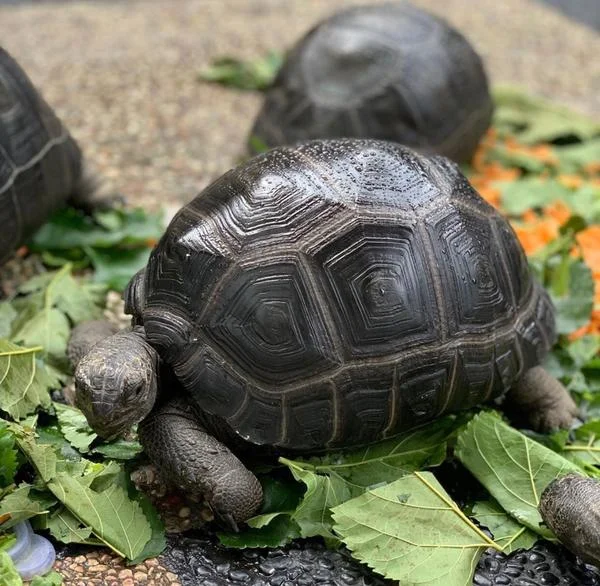

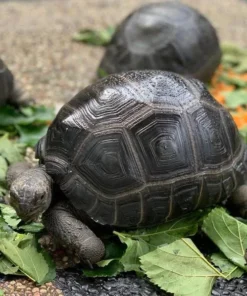
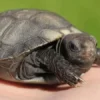

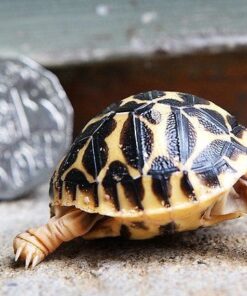
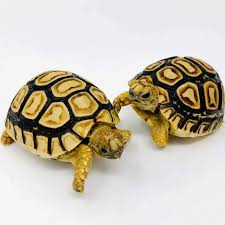
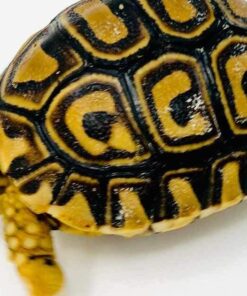

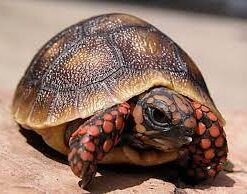
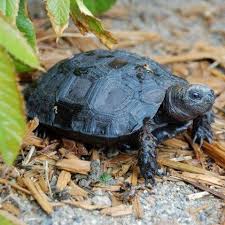
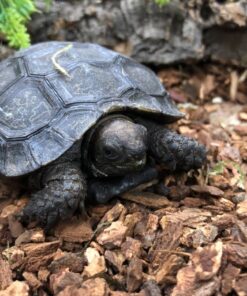

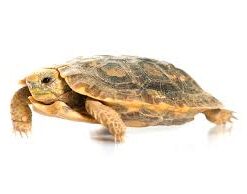


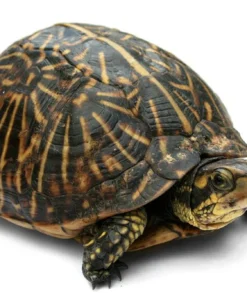
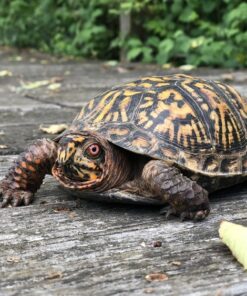
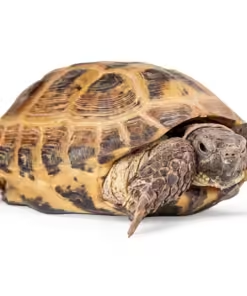
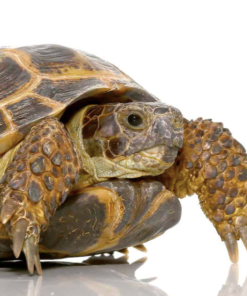
Lucas Clark –
I recently added an Aldabra Tortoise to my family, and it’s been an incredible experience! Their impressive size and gentle demeanor make them truly unique companions. Watching them roam and explore is fascinating. They’re surprisingly affectionate and easy to care for. If you’re looking for a majestic pet that brings joy, I highly recommend the Aldabra Tortoise!